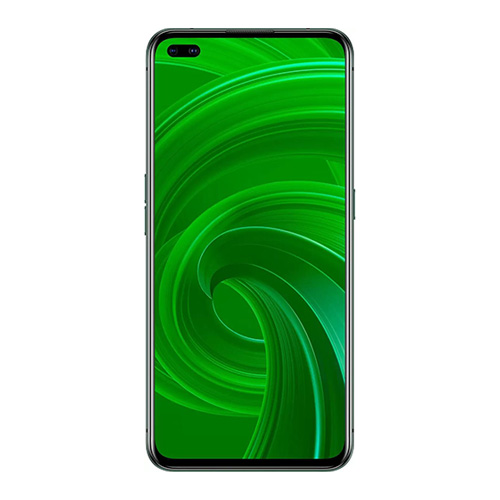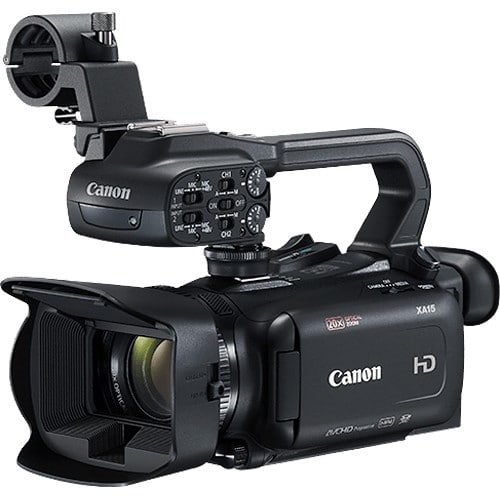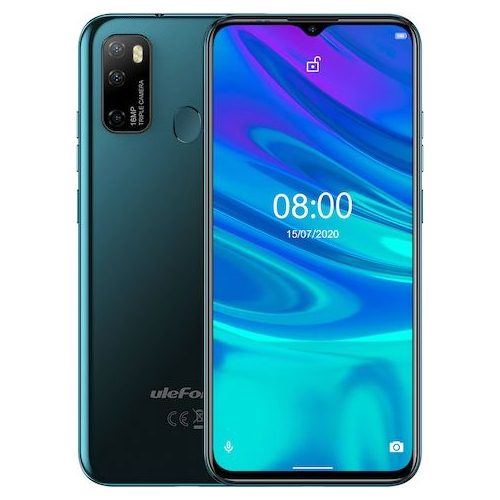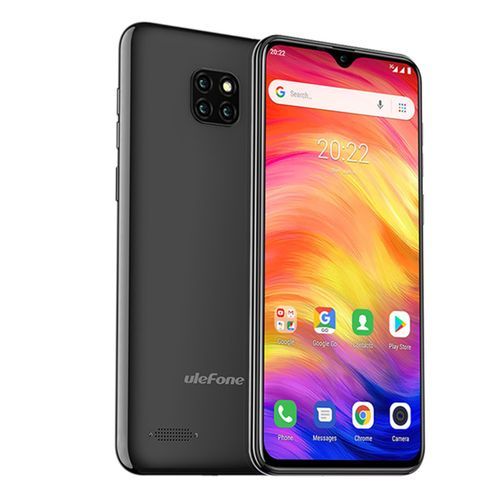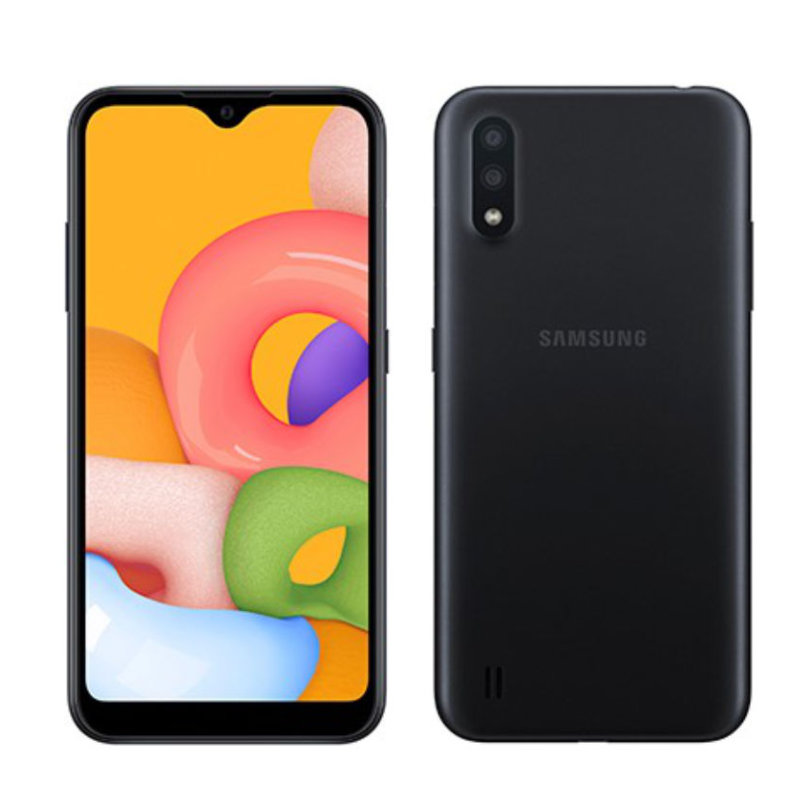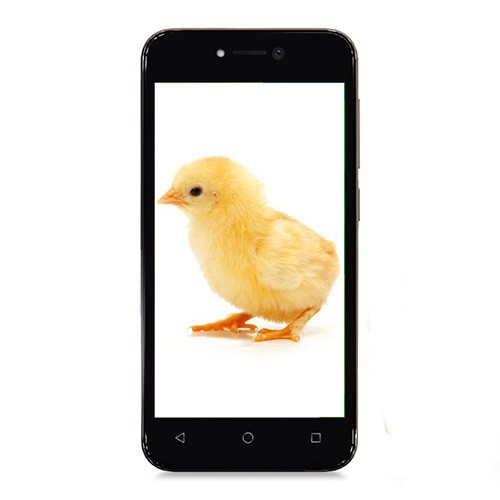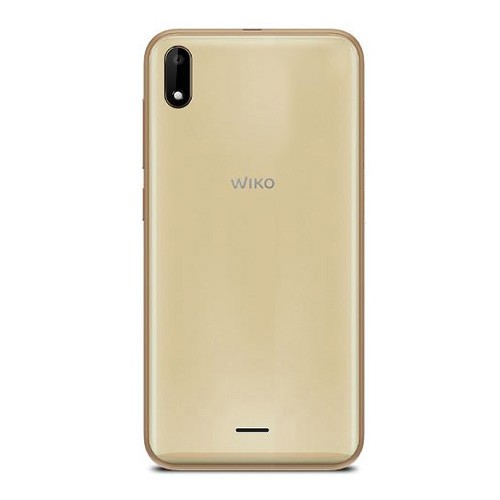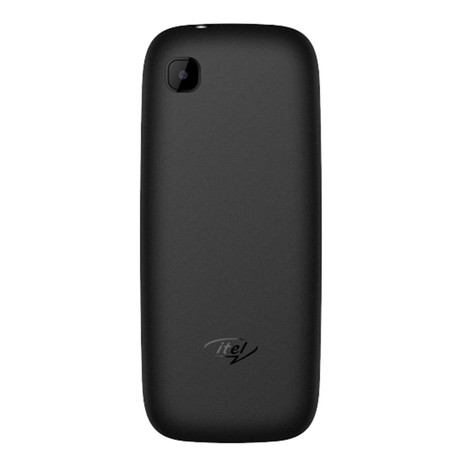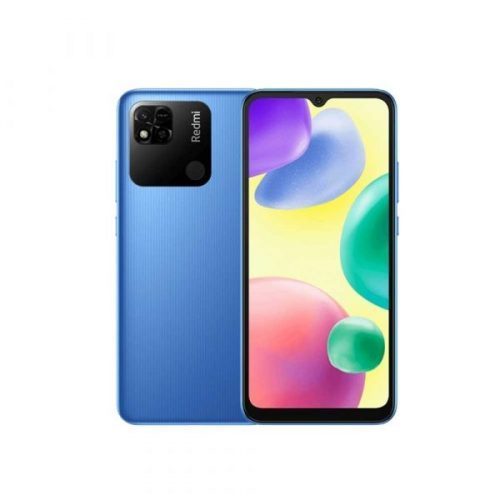There’s very little small about the Realme X50 Pro; its specs are big, its screen is big, and its heft is big too. Weighing 205g, it makes the elegant OnePlus 8 (180g) feel like a featherweight, and at 8.9mm, the X50 Pro it’s relatively girthy.
Realme’s 5G flagship isn’t without its charms. The rounded glass back has a semi-matte, frosty finish which is satisfyingly (and dangerously) slippery. It also combines front and rear glass with curved metal corners, which soften the in-hand impression.
Colour choices are also a point of differentiation. Almost going for a camo-chic aesthetic, there’s no mega-traditional black or white here. Instead, the X50 Pro 5G comes in either Moss Green or Rust Red.
Button and port placement is predictable, and there’s a pre-fitted screen protector loaded atop a Gorilla Glass 5 display, though no IP67 water or dust resistance, unlike the new iPhone SE


